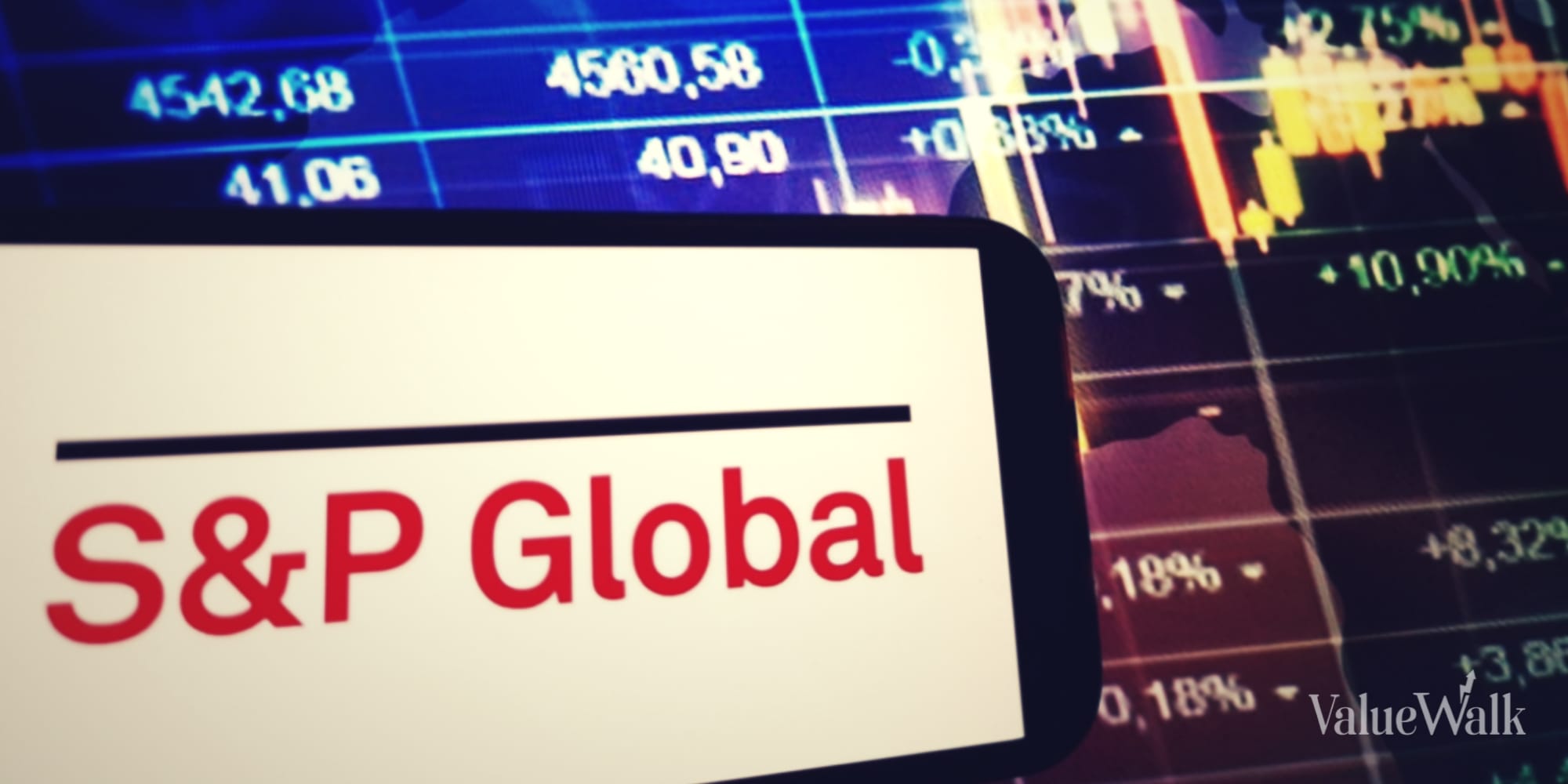S&P Global (NYSE:SPGI) has been one of the steadiest, most reliable stocks on the market over the past 15 years. In 2023, it delivered another solid year, with its stock price rising about 33%, and this year it is off to another good start, up by about 5% year to date.
However, S&P Global was trading lower on Thursday after it released fourth-quarter earnings results that fell short of estimates, although they still displayed solid year-over-year gains. The ratings agency also projected slower year-over-year revenue growth, and its earnings guidance was lower than the consensus estimate.
Let’s take a closer look to see if S&P Global remains a solid buy.
As steady as they come
S&P Global may be most known for its indexes, namely, the S&P 500, but it is much more than that. The company’s two biggest revenue generators are its credit ratings and market intelligence businesses.
S&P Global’s credit ratings business is a market leader and just one of a handful of players in an arena that’s extremely difficult to enter, while its market intelligence arm is also among the market leaders. In addition, it has niche data and analytics businesses for commodities, formerly known as Platt’s, and mobility, or the transportation sector.
These disparate business lines, two of which have protective moats (credit ratings and indexes), not only generate multiple revenue streams, but they also tend to perform differently in various markets. The market intelligence and data businesses tend to do well in down or slower growth markets, while indexes and credit ratings perform better in good markets.
These factors and its excellent brand have made S&P Global one of the most reliable stocks on the market. Since 2008, it has had only one year where it posted a negative return, which was 2022, when it fell 28% for the year. Every other year it has recorded positive full-year returns, which is a testament to its ability to weather all market conditions.
Over the past 10 years as of Feb. 7, S&P Global has had an average annualized return of 19.1%. Going back 15 years to 2009, it has returned 21.4% on an annualized basis, beating its own S&P 500 Index, which has an annualized return of 12.4% over that same stretch.
Another strength of S&P Global is its business model, as most of its revenue is subscription- and fee-based, so it generates a steady flow of cash. Additionally, with a relatively asset-light business that is focused on data, the company produces high margins — including an operating margin of about 38% — and lots of free cash flow.
Those factors, in turn, allow S&P Global to have one of the most reliable dividends out there. It is considered a Dividend King, as it has increased its annual dividend for 50 straight years. There are only a few dozen companies on the market that can boast that.
What’s ahead?
Just to recap, S&P Global beat revenue estimates but missed earnings predictions slightly in the fourth quarter. However, the company did have solid gains, with its revenue up 7% year over year in the quarter to $3.15 billion and its net income climbing 34% to $579 million, or $1.83 per share.
For the full year, the company’s revenue rose 12% to $12.5 billion. However, on an adjusted basis excluding its Engineering Solutions business, which was sold during the year, S&P Global’s revenue was up 8% year over year. The company’s earnings per share fell 19% for the year to $8.23, but that was due to a gain on a sale of assets in 2022 from divestitures. S&P Global’s adjusted EPS amounted to $12.60 in 2023, up 13% from the previous year.
The company’s stock price fell on Thursday morning, dropping about 6% in early trading, most likely due to its 2024 outlook. S&P Global called for revenue growth in the 5.5%-to-7.5% range on both a GAAP and adjusted basis, which is slightly lower than last year.
It also targeted EPS of $10.70 to $10.95, which would be up some 30% over 2023, and adjusted earnings of $13.75 to $14 per share, which would be up by about 9%. However, that guidance fell short of the consensus estimate of $14.45 in adjusted EPS among analysts.
I don’t find the softer-than-anticipated outlook all that concerning, but the company’s valuation should be monitored. S&P Global may be running a bit hot trading at about 60 times earnings, which is about twice what it was at the end of 2022.
S&P Global is a great long-term stock, but given its valuation, I’d be wary about jumping in right now as it could experience some continued short-term volatility.





